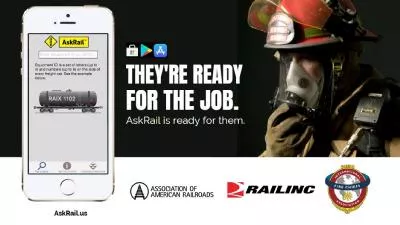PPT-Keeping First Responders and Receivers Safe
Author : myesha-ticknor | Published Date : 2018-11-07
Personal Protective Equipment for Responders James S Spahr RS MPH Associate Director Office for Emergency Preparedness amp Response National Institute for Occupational
Presentation Embed Code
Download Presentation
Download Presentation The PPT/PDF document "Keeping First Responders and Receivers S..." is the property of its rightful owner. Permission is granted to download and print the materials on this website for personal, non-commercial use only, and to display it on your personal computer provided you do not modify the materials and that you retain all copyright notices contained in the materials. By downloading content from our website, you accept the terms of this agreement.
Keeping First Responders and Receivers Safe: Transcript
Download Rules Of Document
"Keeping First Responders and Receivers Safe"The content belongs to its owner. You may download and print it for personal use, without modification, and keep all copyright notices. By downloading, you agree to these terms.
Related Documents

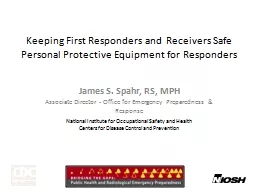
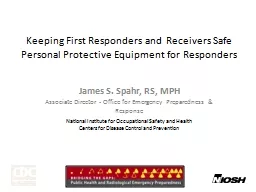





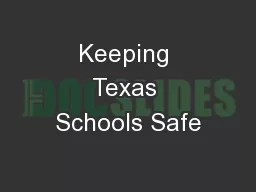

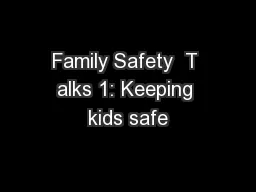

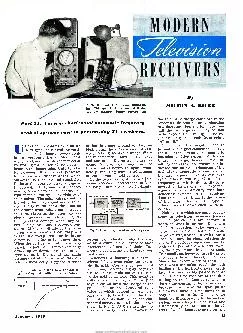
![[READ]-Safe Computing is like Safe Sex: You Have to Practice it to Avoid Infection Keeping](https://thumbs.docslides.com/986683/read-safe-computing-is-like-safe-sex-you-have-to-practice-it-to-avoid-infection-keeping-the-bad-guys-out-and-your-information-safe.jpg)
